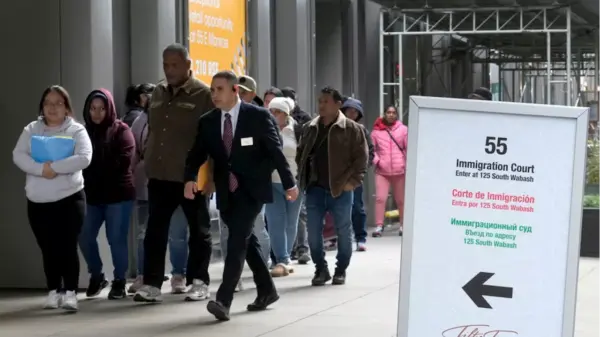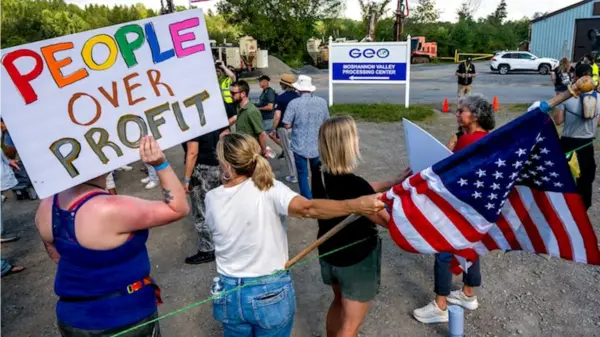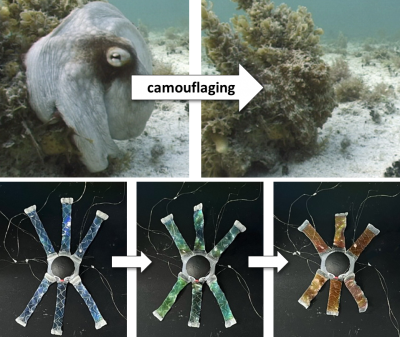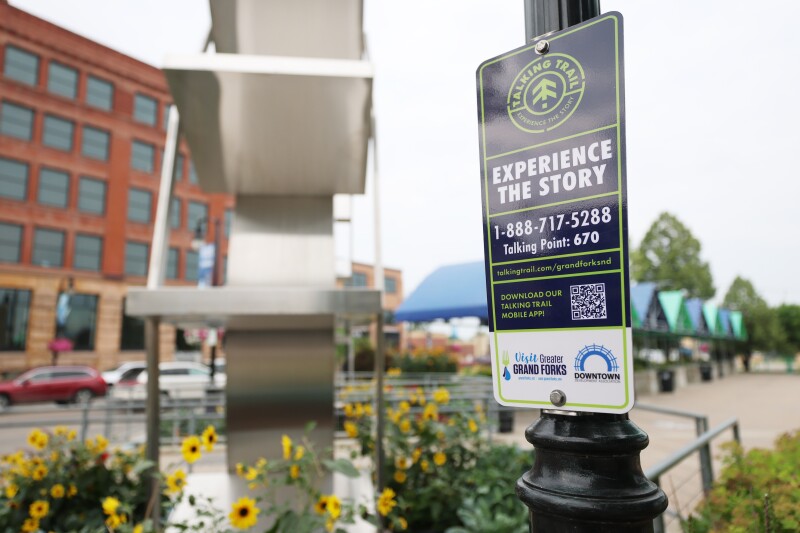Residents and visitors of Grand Forks can now explore the city’s historic downtown through a new initiative called Talking Trails. This self-guided walking tour is accessible via a free app, allowing users to hear local stories about various landmarks and areas throughout the downtown region.
The project is a collaboration between the Downtown Development Association (DDA) and Visit Greater Grand Forks. According to Jill Proctor, the president and chief executive officer of the DDA, the initiative aims to preserve and share the rich history that has shaped the community. Proctor emphasized the importance of selecting significant locations for the Talking Trails, stating, “We just think it’s important that we continue to share the history of the things that have impacted downtown, impacted our community.”
Exploring Historical Landmarks
The Talking Trails initiative features 10 sites, with the potential to expand to 12. Each location is marked with signs that face pedestrians, ensuring they do not distract drivers. These signs direct users to the Talking Trails website, providing a phone number for audio recordings and a QR code to download the app. The self-guided tour includes notable landmarks such as the paddle wheel in Town Square and the Sorlie Bridge.
The app enhances the experience with a map feature that allows users to easily locate points of interest. When a user clicks on a location, it opens the phone’s map application for convenient navigation. Proctor highlighted the personal touch of the stories, mentioning that many recordings come directly from local figures. For instance, the narratives around the downtown light pillars, designed by David Badman, come from his own voice, sharing the significance behind their design and meaning.
Flexible Exploration for All
With the Talking Trails app, individuals can enjoy walking tours at their own pace, exploring downtown at any time. Proctor noted that the DDA frequently receives requests for guided tours, but this new initiative allows for a more flexible approach. “This is an at-your-own-pace opportunity for people to stumble upon and just go out and explore,” she said.
Julie Rygg, executive director of Visit Greater Grand Forks, expressed enthusiasm for the project, stating, “We’re always interested in looking for ways that visitors have more recreational things to do while they’re here.” The initiative not only enhances the visitor experience but also deepens the understanding of Grand Forks’ history.
Community members often express curiosity about local history, as noted by Proctor, who mentioned that visitors frequently stop at memorials along North Third Street and ask questions about significant events in the area. The Talking Trails app aims to satisfy this curiosity by providing an accessible way to learn about the city’s past.
The hope is that the Talking Trails will receive a positive response from the community, potentially leading to further expansion. Rygg highlighted aspirations to identify additional Talking Trail sites across Grand Forks and nearby areas. “Our hope is that this will be well received and we will pursue it further,” she stated.
As residents and tourists begin to utilize the Talking Trails app, the project stands as a testament to the importance of preserving local history while fostering community engagement and tourism in Grand Forks.





































































